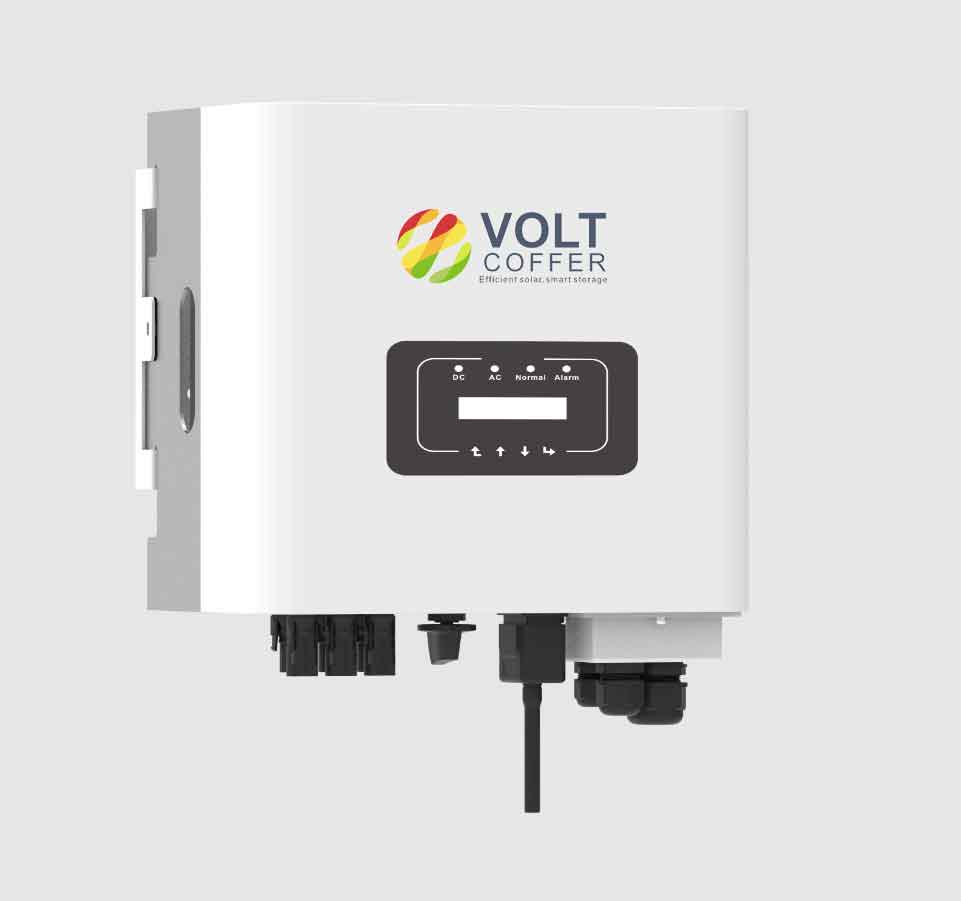Advanced control strategies for islanding inverters in solar energy systems are crucial for optimizing performance, enhancing efficiency, and ensuring the stability and safety of both islanding inverter and the grid. Here are some key strategies:

- Maximum Power Point Tracking (MPPT): This technique ensures that the solar panels operate at their optimal power output despite variations in sunlight and temperature. MPPT algorithms adjust the electrical operating point of the modules or array to deliver the maximum available power.
- Voltage and Frequency Control: In islanding mode, where islanding inverter operates disconnected from the main power grid, it must manage both voltage and frequency within precise limits. Advanced strategies like droop control are often used to adjust frequency and voltage based on load changes, which is crucial for maintaining system stability.
- Phase-Locked Loop (PLL) Systems: These are used for grid synchronization when switching from island mode to grid-connected mode. They ensure islanding inverter outputs are synchronized in phase, frequency, and voltage with the grid.
- Anti-Islanding Protection: This safety feature detects when an islanding inverter is unintentionally isolated from the grid and shuts it down safely. Active and passive anti-islanding techniques can be deployed, with active methods introducing small perturbations to grid parameters and passive methods monitoring for changes in frequency and voltage.
- Fault Ride-Through Capability: This allows islanding inverter to continue operating through transient grid faults. Advanced control strategies ensure that during these faults, islanding inverter can support the grid by regulating voltage and supplying reactive power.
- Energy Storage Management: Integrating battery storage systems with islanding inverter can help manage energy supply and demand more efficiently, providing a buffer that enhances the flexibility and reliability of solar power generation.
- Harmonic Compensation: Islanding inverter can be controlled to reduce the harmonic distortion they introduce to the grid, which is important for protecting other devices connected to the grid and for complying with regulatory standards.
- Dynamic Reconfiguration: Islanding inverter can dynamically adjust their operation based on the state of the grid and the solar input. This involves changing the inverter’s settings to optimize performance under varying load and generation conditions. Techniques such as dynamic voltage scaling and adaptive frequency control fall under this category.
- Grid Support Services: Advanced islanding inverter can provide ancillary services to the grid, such as voltage support, frequency regulation, and spinning reserves. These services are particularly important in islanding mode to maintain grid stability when the inverter is disconnected from the main grid.
- Demand Response Management: Islanding inverter can be integrated into demand response systems to reduce or shift their power usage in response to grid signals. This helps in managing peak loads and reducing the strain on the grid, which is vital when operating in islanding mode.
- Interoperability and Communication: Advanced islanding inverter need to communicate effectively with other components of the solar energy system, such as battery management systems, energy management systems, and even other inverters. Communication protocols and standards ensure that these components work together efficiently and safely.
- Predictive Maintenance and Monitoring: Using sensors and data analytics, islanding inverter can predict and diagnose potential faults before they cause system failures. This predictive maintenance can significantly increase the reliability of solar systems, reduce downtime, and extend the lifespan of the equipment.
- Resilient Control Systems: Ensuring that the control systems themselves are resilient to cyber-attacks and physical failures is crucial. This includes implementing cybersecurity measures and designing hardware that can withstand harsh environments and electrical disturbances.
- Decentralized and Distributed Control: For larger installations, such as microgrids or distributed generators, decentralized control strategies can provide better scalability, flexibility, and resilience. These strategies distribute the control tasks among multiple islanding inverter and controllers, which can independently manage their respective units while cooperating with the larger system.
Each of these strategies involves sophisticated electronic control systems and software algorithms to monitor and adjust the operations of islanding inverter based on real-time data. These systems are essential for modern solar energy installations, particularly those that operate independently of the main grid or in hybrid modes. These advanced control strategies incorporate a combination of hardware upgrades, software algorithms, and networked communications to ensure that solar inverter not only generate electricity efficiently but also contribute to the overall stability and efficiency of the power system, particularly in islanding scenarios.
